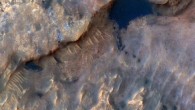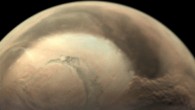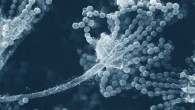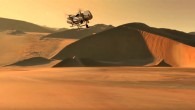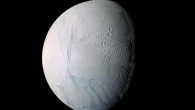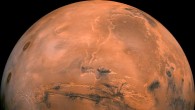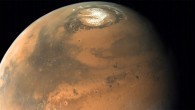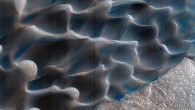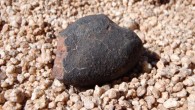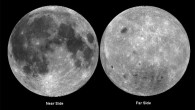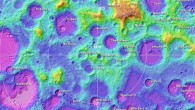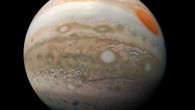New research by scientists from Harvard University, NASA’s Jet Propulsion Laboratory and the UK Centre for Astrobiology shows that widespread regions of the surface of Mars could be made habitable to photosynthetic life via a solid-state analogue to Earth’s greenhouse effect. Through experiments and modeling under Martian environmental conditions, the team demonstrated that a 0.8 to 1.2-inch (2-3 cm) thick layer of silica aerogel — a translucent,...


